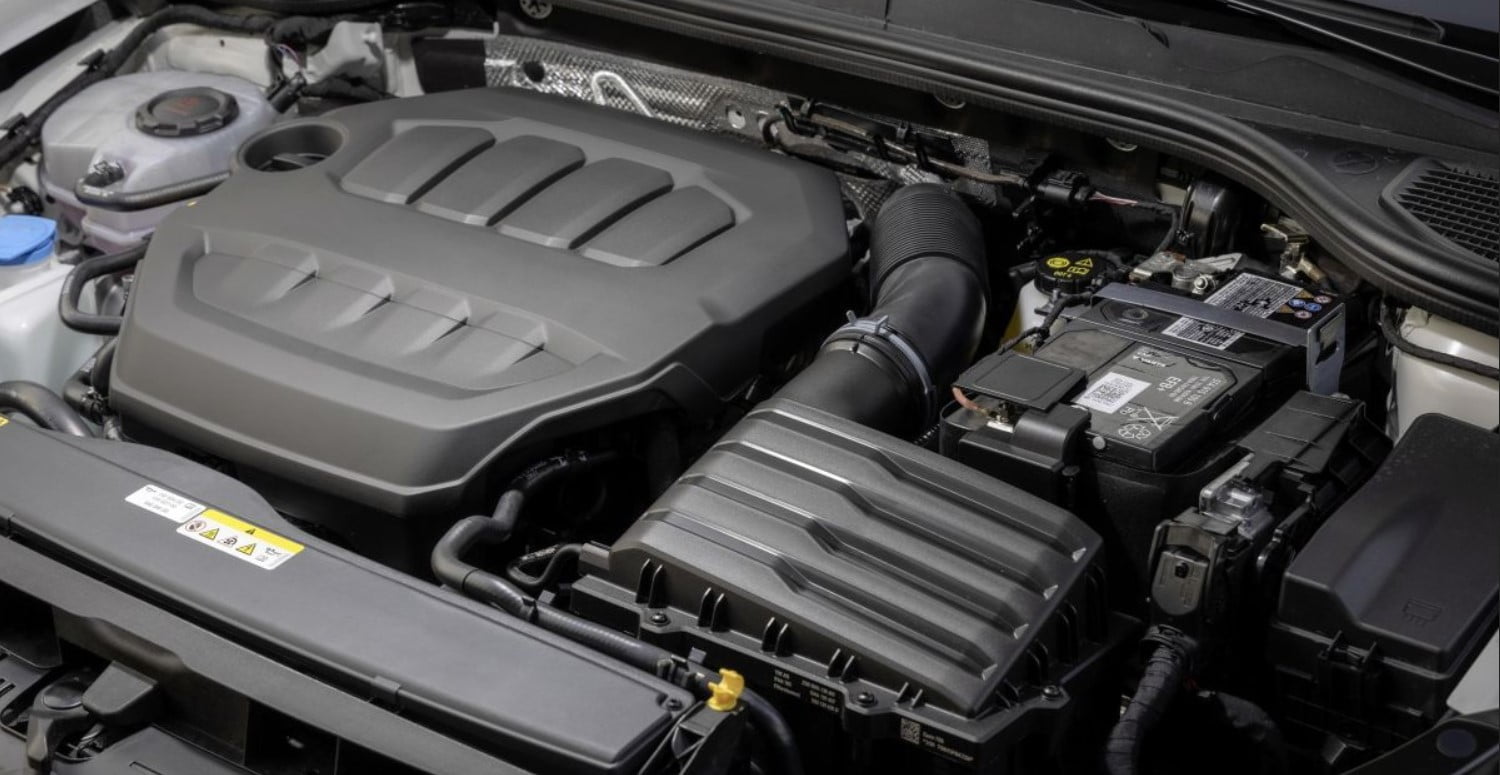
Following an extensive negotiation session, the 27 European Union countries have effectively agreed to ban the sale of new gasoline and diesel-powered cars and vans by 2035.
The agreement, reached around 2:00 European time, establishes the negotiating position among EU member states, the European Commission, and the EU Parliament.
The European Council, a body comprising the head of government from each EU member country, agreed to “introduce a 100 percent reduction target for CO2 emissions by 2035 for new cars and vans.”
The final text of laws regarding the gradual phase-out of new internal combustion engine (ICE) vehicle sales is likely still months away.
The agreement among the 27 EU member states was not guaranteed, with rumors of discontent emerging recently. Last week, Germany’s Finance Minister expressed skepticism about the elimination date and tweeted support for synthetic fuels, while earlier this week, Italy and four other countries sought to delay the ICE elimination date until 2040.
In the end, these states won a small concession, with small car manufacturers, such as Ferrari and Lamborghini, exempted from new interim limits, reducing CO2 emissions from new cars by 50 percent to 42.75 g/km by 2030.
Currently, the limit for passenger cars is 95 g/km, and manufacturers face significant fines for exceeding this mark.
Vans have a higher threshold of 147 g/km, which will be reduced to 73.5 g/km by 2030.
Member countries also agreed on a non-binding resolution urging the European Commission to consider allowing the registration of new internal combustion engine vehicles running exclusively on carbon-neutral fuels after 2035.
The European Commission has also been asked to study the development of plug-in hybrid vehicles in 2026 to determine if they can help the union achieve its carbon reduction goals.
Incentives for zero and low-emission vehicles will end in 2030.
The meeting of national ministers also agreed on other targets related to the Fit for 55 greenhouse gas reduction package, aiming to reduce Europe’s carbon emissions by 55 percent from 1990 levels by 2030 and achieve carbon neutrality by 2050.
These include a 61 percent reduction in emissions from 2005 levels by 2030 through the union’s emissions trading scheme, which will be expanded to include shipping and strengthened by a mechanism to reduce price spikes in the carbon price.
A new separate emissions trading scheme will be created for the construction and road transport sectors.
Governments also agreed on a Social Climate Fund to help protect low-income residents from some of the costs of the emissions reduction plan.
EU governments want the fund to have €59 billion ($90 billion), while the Commission is seeking €72 billion ($109 billion) for the fund.







